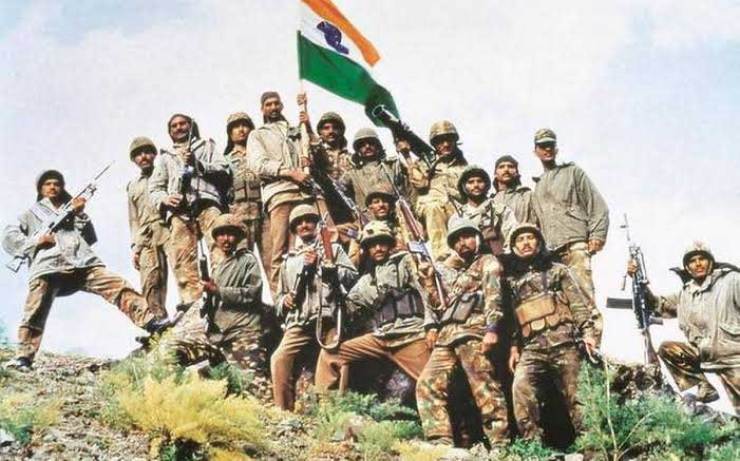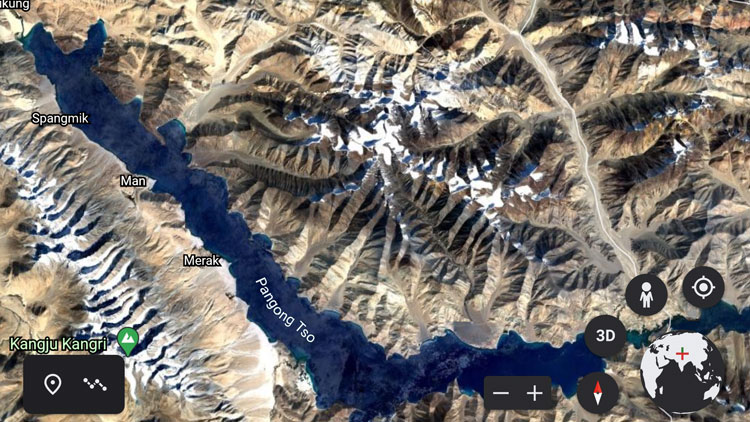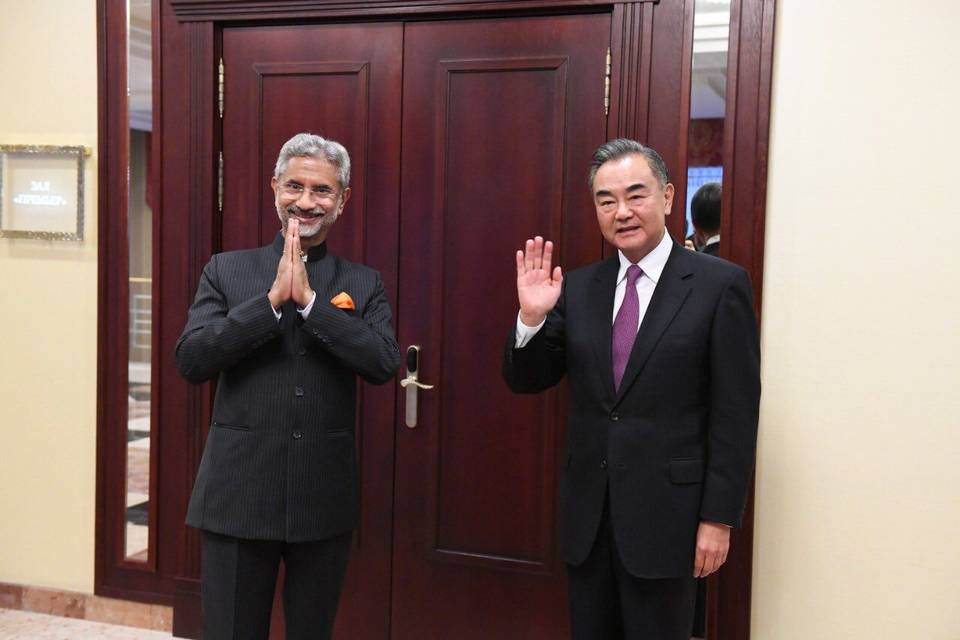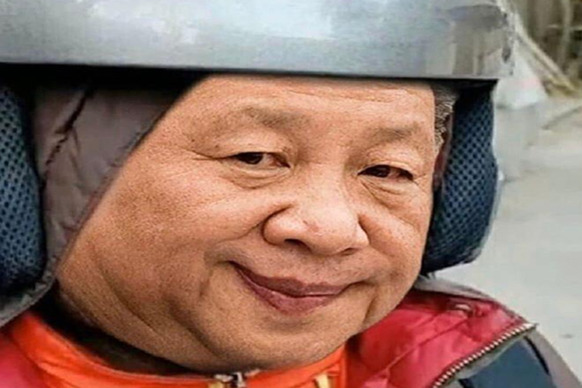Where Xi Jinping Faulted in Ladakh
Indian occupation of dominating heights south of Pangong Tso right up to Chushul heights and onwards covering the Spanggur Gap foiling Chinese intruding columns stumped Beijing and this is one of major plans of Xi where he faulted.
September 15, 2020 Editor Opinion
Lt. Gen Prakash Chand Katoch (Retd)
In 1999, Pakistan surprised India completely with massive intrusions in Kargil using its Special Services Group (SSG), five to seven Northern Light Infantry battalions and Pakistan-based terrorists disguised as Kashmiri militants. Pakistani infiltration beginning February 1999 set up some 132 vantage points across the Line of Control (LOC) in the heights of lower Mushkoh Valley, along the Marpo La ridgeline in Dras, in Kaksar near Kargil and in the Batalik sector east of the Indus River in the heights of Chorbatla where the LOC turns North into the Turtok sector south of Shyok River in Siachen area
.
While Indian intelligence slept, Tashi Namgyal, a grazier from Village Gharkon near Batalik town first sighted the infiltrators on May 3, 1999 reported it to the Army. However, the extent of the infiltration and number of infiltrators was still not known.
Then on May 15, 1999 a patrol led by Captain Saurabh Kalia out to patrol the area of Bajrang Post was ambushed by the enemy. Kalia’s patrol ran out of ammunition in the crossfire and was captured by Pakistani troops. This led to the launch of Operation ‘Vijay’ by India that eventually routed all the infiltrators.
Pakistani army chief Pervez Musharraf who had planned the operation miscalculated the resilience of the Indian soldiers and capacity to capture Pakistanis-held dominating heights in high altitude devoid of vegetation and cover under intense shelling. The other blunder was opening fire on Captain Kalia’s patrol.
Had the Pakistanis lain doggo without revealing their intentions, India would have discovered the extent of infiltration that much late, taking the eviction closer towards the next winter. On the Indian side, other than intelligence failure was the belief that such infiltration was not possible during winter months though we were in occupation of the Saltoro Range in Siachen Glacier area since 1984.
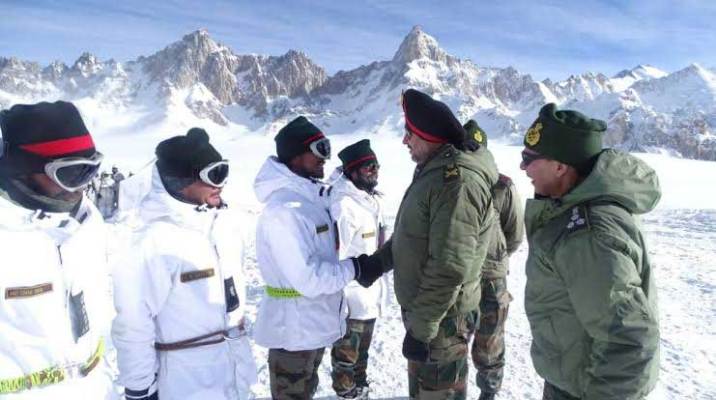
China enacted Kargil in Ladakh during May. Indian intelligence slept even while major induction of PLA in Aksai Chin and a new road was built four kilometers short of Galwan. There was no grazier to warm the army this time, as had been the case in Kargil. Chinese intrusions in area of Pangong Tso, Gogra/Hot Spring and Galwan came as a surprise and so did in Depsang few days later. The current situation in the area is known to the readers with India having occupied important dominating heights south of Pangong Tso that are making China uncomfortable since our troops overlook some Chinese positions and avenues for more PLA intrusions are blocked. In other areas of eastern Ladakh, heavy Indian deployment precludes further PLA ingress even as talks are ongoing.
Many reasons may be attributed to the latest PLA attacks in Eastern Ladakh and mobilisation along entire length of LAC, which include formation of Union Territory of Ladakh by India; perception of India aligned with US against China; border area infrastructure development by India particularly the Darbuk-Shyok-Daulat Beg Oldi Road and Indian opposition to CPEC among others.
The entire PLA operation was planned by President Xi Jinping himself who is Commander-in-Chief of PLA and has assumed full control of all police and para-military forces as well. Immediately after becoming President in 2013, he had ordered PLA intrusion in Depsang which was some 19 km deep across the Line of Actual Control (LAC), where PLA remained for three week before withdrawing after India dismantled its surveillance structures in Chumar 400 km south of Depsang as demanded by China.
Many reasons are attributed to the current PLA attacks in Eastern Ladakh and mobilisation along entire length of LAC, like: formation of Union Territory of Ladakh by India; perception of India aligned with US against China; border area infrastructure development by India particularly the Darbuk-Shyok-Daulat Beg Oldi Road; Indian opposition to China-Pakistan Economic Corridor (CPEC); destabilising India; taxing Indian economy with additional defence expenditure while fighting the pandemic; forces India to accept Chinese supremacy in Asia, and; teaching India a lesson. According to intelligence sources, China was to launch the operation last year during winter months but was delayed because of the pandemic. The invasion had been rehearsed on a life-sized land model inside China during 2014, as has been revealed by an Australian scholar showing satellite imagery of the training area.
Xi reportedly personally briefed General Zhao Zongqi, commander of PLA’s Western Theatre Command for the current operation; both going over minutest details including how to attack and brutalise Indian troops using specially trained troops in Galwan with iron rods, clubs with steel spikes, machetes with barbed wire, swords and stones. Zongqi is Xi Jinping’s blue-eyed having occupied Doklam Plateau in Bhutan after the India-China standoff was called off in 2017.
For long China has dreamed of joining hands with Pakistan along the Shyok River in Ladakh, taking all territory north of it including the Siachen Glacier. Capture of water resources is a major aim of China with an eye on the future. That is why China asked Pakistan to handover Shaksgam (in Pakistan occupied Kashmir) and is eyeing complete control of Pangong Tso and annex Siachen Glacier.
Capture of water resources is a major aim of China with an eye on the future. That is why China asked Pakistan to handover Shaksgam (in Pakistan occupied Kashmir) and is eyeing complete control of Pangong Tso and annex Siachen Glacier.
Xi Jinping had timed the operation very well. India had been hit by Xi’s biological bomb (China Virus), summer exercises in Ladakh were cancelled because of the lockdown and rail movement restricted for the same reasons affecting mobilisation. Xi had already lulled India into complacency showing no intention he would attack us. This then was the setting when Xi struck. But when one is drunk with power and ready to take on the entire world, miscalculations are bound to happen and no one dare to correct the Supremo – witness five ministers executed in North Korea for questioning Kim Jong-un.
Where Xi Jinping went wrong can be summarized as under:
• Grossly miscalculated the grit and fighting spirit of Indian soldiers who inflicted much more casualties on the PLA without firing weapons even after surprise attacks in Galwan.
• The intention possibly was to attract attention to areas like Pangong Tso, Gogra/Hot Springs and Galwan with thrust coming to DBO. That is why the intrusion in Depsang came at a later date but by then India had moved considerable forces including tanks with supporting artillery, air defence and IAF resources to block further enemy advance.
• Indian occupation of dominating heights south of Pangong Tso right up to Chushul heights and onwards covering the Spanggur Gap foiling Chinese intruding columns stumped Beijing. Having inducted two mechanised divisions plus into eastern Ladakh, Zongqi could have easily diverted two brigades to attempt occupying these very heights in May itself, occupation of which would have placed India in a perilous position. Xi and Zongqi perhaps planned this for a later phase, if at all, but never expected India to take such an initiative.
The intention possibly was to attract attention to areas like Pangong Tso, Gogra/Hot Springs and Galwan with thrust coming to DBO. That is why the intrusion in Depsang came at a later date but by then India had moved considerable forces
What happens next? Despite all the talks, Xi needs to divert attention from problems at home, test PLA in battle and show a big victory. Winter is no problem for Indian troops who are battle hardened in very high altitudes, which is not the case with PLA. No matter what technology is employed, the soldier on ground matters at those heights.
What action Xi takes is difficult to gauge but despite pretenses gloves are off. He could make a thrust towards DBO testing all his latest weaponry but that could cause heavy casualties on both sides with possibility of international conflict with sparks in western pacific and mainland China targeted. Alternatively, he could attack along both banks of Pangong Tso but unlikely making headway. Another option is to keep applying pressure in Ladakh while opening another front elsewhere.
The bottom line is that Xi Jinping wants to show a worthwhile victory to the world whereas India needs to break the false aura of the PLA. We can definitely do this.
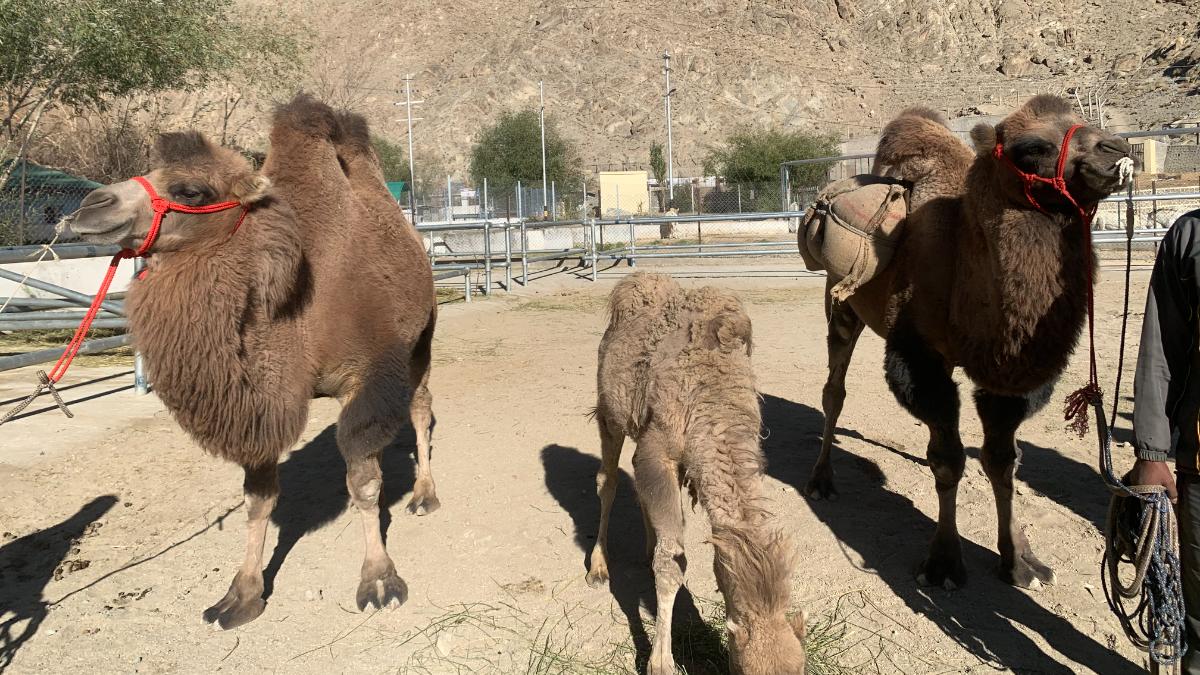
www.indiatoday.in


